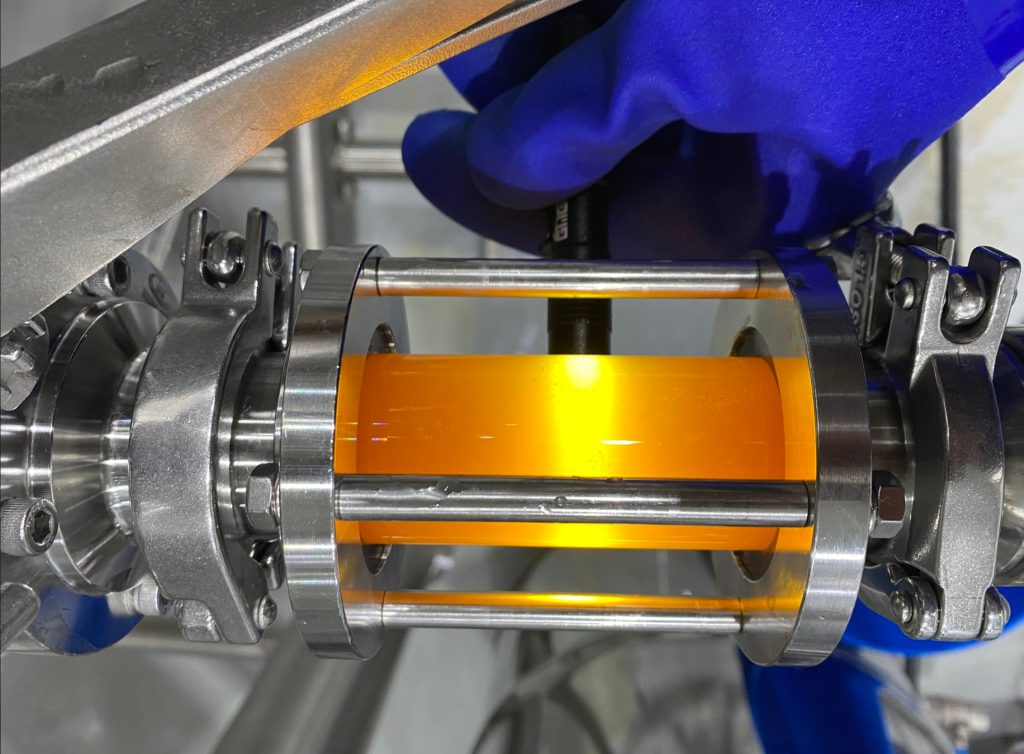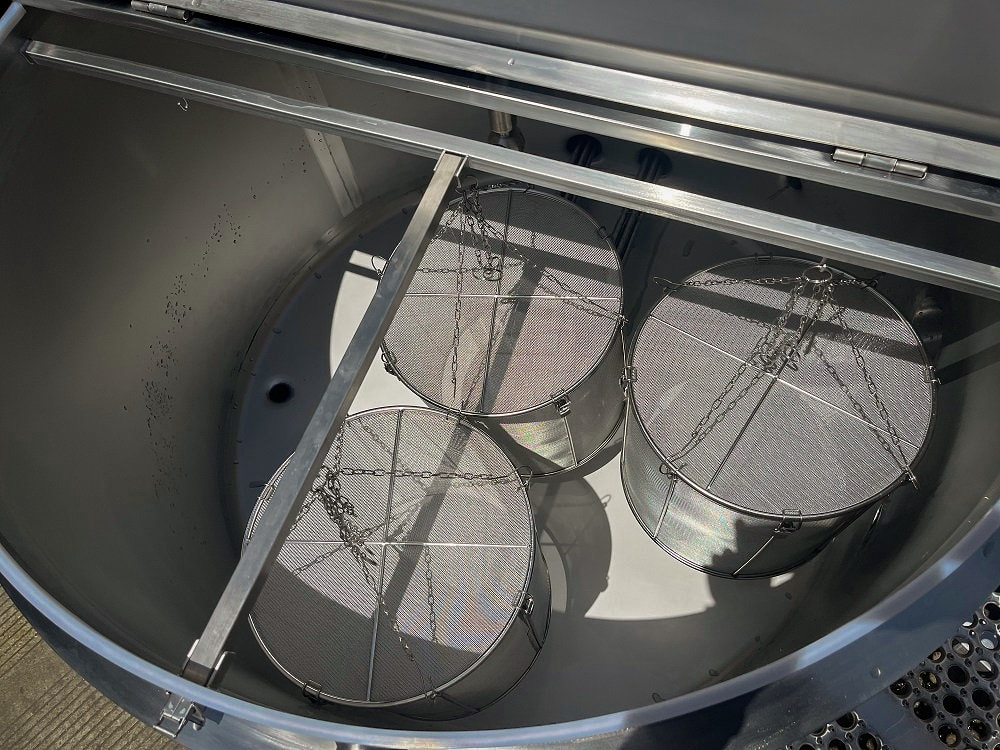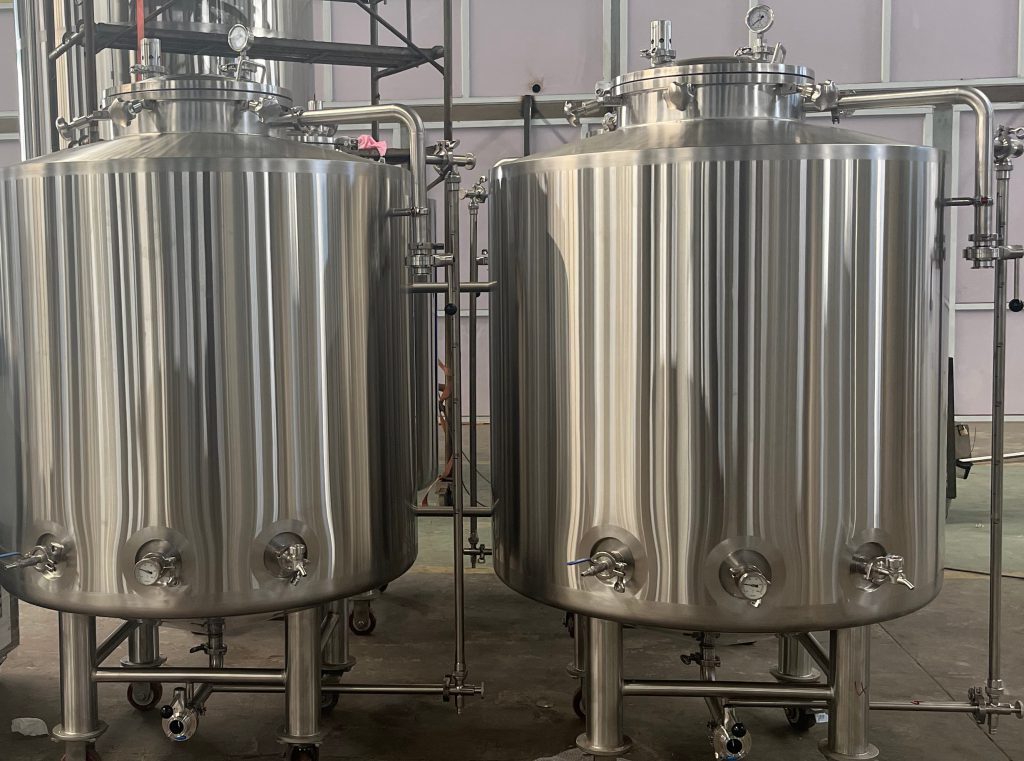Introduction

The kombucha craze has taken the beverage industry by storm, transforming from a niche product into a mainstream favorite. As businesses seek to tap into this burgeoning market, understanding the essential features of commercial kombucha brewing equipment becomes crucial. Whether you’re a seasoned brewer looking to scale up or an entrepreneur venturing into the kombucha business, investing in the right brewing equipment is key to achieving consistent quality and efficiency. This article delves into the key features of commercial kombucha brewing equipment, providing insights to guide your purchasing decisions.
Capacity and Scale
When selecting commercial kombucha brewing equipment, one of the primary considerations is capacity. Commercial equipment is designed to handle larger volumes compared to home brewing setups. Understanding the different capacity options can help you align your equipment with your production goals.
Capacity Options
Here’s a general overview of the different capacity options available for commercial kombucha brewing equipment:
| Equipment Type | Small Batch | Medium Batch | Large Batch | Industrial Scale |
|---|---|---|---|---|
| Batch Size | Up to 100 gallons | 100-500 gallons | 500-2000 gallons | Over 2000 gallons |
| Typical Use | Small breweries or artisanal producers | Mid-sized commercial operations | Large scale production facilities | Large factories or extensive production lines |
| Key Features | Compact, versatile | Greater volume, more automation | High capacity, advanced controls | Maximum efficiency, large-scale automation |
Materials and Construction
The materials used in kombucha brewing equipment play a significant role in ensuring the safety and quality of the final product. Stainless steel is the most commonly used material due to its durability, resistance to corrosion, and ease of cleaning.
Material Considerations
- Stainless Steel: Offers excellent resistance to acids and is easy to sanitize. Look for 304 or 316 grade stainless steel for optimal performance.
- Food-Grade Plastics: Used in various components, but ensure they are BPA-free and suitable for contact with acidic beverages.
- Glass: Occasionally used in fermenters for small batches or laboratory setups, but less common in large-scale production due to fragility.
Fermentation Control
Controlling the fermentation process is critical for achieving consistent kombucha quality. Modern commercial kombucha brewing equipment often comes equipped with advanced fermentation controls, allowing precise regulation of temperature, pH, and oxygen levels.
Key Fermentation Control Features
- Temperature Control: Ensure the equipment maintains the optimal temperature range for kombucha fermentation (typically 70-85°F or 21-29°C).
- pH Monitoring: Automatic pH sensors can help monitor and adjust the acidity levels during fermentation.
- Oxygen Management: Some systems include mechanisms to regulate oxygen levels, which can affect the fermentation process and final flavor.
Automation and Efficiency
Automation can significantly enhance the efficiency of commercial kombucha brewing operations. Modern equipment often includes features like automated filling, labeling, and cleaning systems, reducing manual labor and improving consistency.
Automation Features
- Automated Filling Systems: Streamline the bottling process, ensuring consistent fill levels and reducing waste.
- Cleaning-in-Place (CIP) Systems: Allow for easy and thorough cleaning of equipment without disassembly.
- Batch Tracking: Integrated software for tracking production batches, ensuring quality control and traceability.
Size and Footprint
The physical size and footprint of commercial kombucha brewing equipment can impact your facility layout and space planning. It’s important to consider the dimensions of the equipment and how it fits into your production area.
Space Considerations
- Compact Designs: Ideal for facilities with limited space but may require more frequent batches.
- Modular Systems: Allow for scalability and customization, adapting to your growing needs.
- Full-Scale Systems: Designed for large facilities with ample space, often including integrated storage and processing areas.
Maintenance and Support
Regular maintenance is essential for ensuring the longevity and optimal performance of kombucha brewing equipment. Choose equipment that comes with comprehensive support and service options to address any issues that may arise.
Maintenance Features
- Easy Access for Cleaning: Equipment should be designed for easy disassembly and cleaning.
- Spare Parts Availability: Ensure that spare parts are readily available and that the manufacturer provides reliable support.
- Training and Support: Look for equipment suppliers who offer training and ongoing support to your team.
Cost and Investment

The cost of commercial kombucha brewing equipment can vary widely based on features, capacity, and brand. While it’s tempting to opt for the least expensive option, consider the long-term value and return on investment.
Cost Considerations
- Initial Investment: Higher upfront costs may be justified by increased efficiency and durability.
- Operational Costs: Consider ongoing costs such as energy consumption, maintenance, and labor.
- Return on Investment: Evaluate the potential for increased production and sales to justify the equipment investment.
Conclusion
Choosing the right commercial kombucha brewing equipment is a crucial step in establishing or expanding your kombucha business. By understanding the key features such as capacity, materials, fermentation control, automation, size, maintenance, and cost, you can make an informed decision that aligns with your production goals and ensures the consistent quality of your product. Investing in high-quality brewing equipment not only enhances your production efficiency but also helps in delivering a superior kombucha experience to your customers.
FAQ
What is the ideal capacity for a small commercial kombucha brewery?
For a small commercial setup, equipment with a capacity of up to 100 gallons per batch is often sufficient. This allows for manageable batch sizes while providing enough volume to meet market demand.
How often should commercial kombucha brewing equipment be cleaned?
Cleaning frequency depends on production volume and equipment type. Generally, equipment should be cleaned after each batch or daily to maintain hygiene and prevent contamination.
What type of material is best for kombucha brewing equipment?
Stainless steel is preferred due to its durability, resistance to acids, and ease of cleaning. Ensure it is of food-grade quality to avoid any issues with contamination.
Can I scale up my brewing equipment as my business grows?
Yes, modular and expandable systems allow for scalability. Start with equipment that meets your current needs and plan for future upgrades as your production volume increases.
What should I consider when budgeting for commercial kombucha brewing equipment?
Consider not only the initial purchase cost but also operational costs, including maintenance, energy consumption, and potential repairs. Evaluate the total cost of ownership to make a well-rounded decision.

